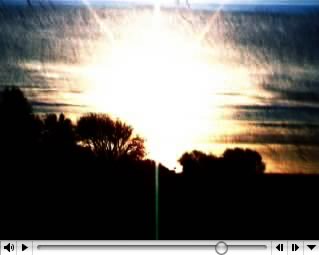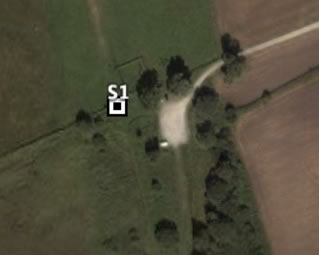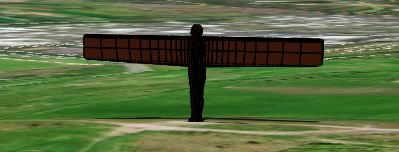Google Earth files become part of the performance in Surreal Scania, a multimedia art installation that explores how we come to imagine spaces, and how place branding can influence our perceptions of places we’ve never been to. The artists, Swedes Anders Weberg and Robert Willim, explain:
By using Google Earth it is possible to view aerial photos of the points represented in the different films. Using a GPS-unit it is also possible to visit the locations where the visual raw material was shot. And as the films are provided in various file formats optimized for most mobile video players, it is possible to enjoy the filmic representations on the very spots where the material was filmed.

Why?
In this way the imaginary can be compared to the real. But what is real or imaginary? With Surreal Scania we want to explore different visual representation techniques, and we also want to recognise the fact that our imagination has an important role in forming the experiences of these locations.

And thus Google Earth further penetrates the cultural zeitgeist of our time. Surreal Scania gets a write-up by We-make-money-not-art, Space and Culture and Erik Stattin (the last one in Swedish).
[Downloading the KML is a bit funky right now. It’s being fixed. In the meantime right-click and Save as.]
[Update 22:07 UCT: Even more Google eArt today:

The Angel of the North, courtesy of ZNO:]
reading your blog, and especially this post, I remember again seeing a presentation of a great project in the late 90s by a german company called art+com. Their project ‘the invisible shape of things past’ already showed these capabilities, but long before Google Earth existed:
http://www.artcom.de/index.php?option=com_acprojects&page=6&id=26&Itemid=144&details=0&lang=en
brilliant project